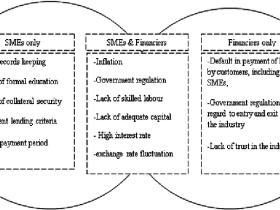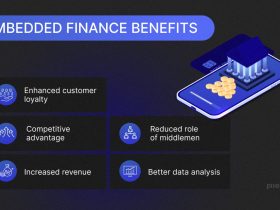https://www.linkedin.com/pulse/credit-card-reconciliation-how-overcome-challenges-preventing/
Understanding the fundamentals of credit cards and the reconciliation process is essential for maintaining financial accuracy. In this article, we’ll explore what credit cards are and delve into best practices for credit card reconciliation to ensure precision and efficiency in your financial processes.
What is a Credit Card?
A credit card is a financial tool that allows cardholders to borrow funds from a financial institution up to a predetermined credit limit. Unlike debit cards that draw directly from a linked bank account, credit cards provide a line of credit that users can access for purchases. Cardholders are required to repay the borrowed amount, often on a monthly basis, along with any accrued interest.
What is Reconciliation?
Reconciliation, in the context of credit cards, refers to the process of comparing and matching the financial records of credit card transactions with the statements provided by the credit card issuer. The goal is to ensure that all transactions are accurately recorded, and any discrepancies are identified and resolved promptly.
How to Reconcile Your Company Credit Card 10x Faster
Now, let’s delve into the best practices for credit card reconciliation:
Credit Card Reconciliation: Best Practices for Accuracy and Efficiency
In the realm of credit card management, adopting effective reconciliation practices is crucial for maintaining financial accuracy. Let’s dive deeper into each best practice to gain a comprehensive understanding of how they contribute to the overall efficiency of credit card reconciliation.
Reference ; https://www.trintech.com/ebook/5-tips-for-enhancing-your-credit-card-reconciliation-process/
1. Regular Monitoring and Review:
Dedicate a consistent time slot each week to review credit card transactions. This regular monitoring helps in identifying discrepancies early, preventing potential issues from escalating.
2. Use Reconciliation Tools:
Leverage technological advancements by exploring and implementing reconciliation tools provided by financial institutions or third-party platforms. These tools automate the process, minimizing manual errors and streamlining the overall reconciliation workflow.
3. Match Transactions Timely:
Immediate cross-referencing of credit card transactions with your records upon receiving the monthly statement is crucial. Timely matching ensures that discrepancies are spotted early on, facilitating a more efficient resolution.
4. Categorize Transactions Appropriately:
Accurate categorization of transactions enhances the clarity of financial records. Ensure that each transaction is assigned the correct category, facilitating a more nuanced understanding of your expenses and aiding in budgeting.
Q&A Café: How to Reconcile Company Credit Cards Custom without Integration in SAP ByDesign: Part 1
5. Reconcile in Real-Time:
Consider adopting a real-time or at least weekly reconciliation approach. This proactive strategy reduces the workload at the end of the month and ensures that any discrepancies are promptly addressed, minimizing the chances of errors slipping through the cracks.
6. Monitor for Unauthorized Transactions:
Vigilance against unauthorized or suspicious transactions is paramount. Regularly scrutinize your credit card statements to identify any irregularities, and promptly report them to your credit card provider for resolution.
Reference ; https://www.fylehq.com/blog/corporate-credit-card-reconciliation-process
7. Keep Documentation in Order:
Maintain meticulous documentation of receipts and invoices. Organized documentation serves as a reliable backup for your records and expedites the reconciliation process by providing clear evidence for each transaction.
8. Educate Your Team:
If you’re managing company expenses with a team, establish clear guidelines and educate them on the importance of accurate credit card reconciliation. A cohesive approach ensures that everyone follows the same best practices, contributing to the overall efficiency of the process.
9. Utilize Two-Factor Authentication:
Enhance the security of your credit card accounts by enabling two-factor authentication. This additional layer of protection fortifies your financial transactions, safeguarding against unauthorized access and potential fraud.
10. Stay Informed About Policy Changes:
Keep abreast of any changes in credit card policies and regulations. Staying informed ensures that your reconciliation processes align with the latest industry standards, minimizing the risk of non-compliance and facilitating smooth transitions during policy updates.
By incorporating these detailed best practices into your credit card reconciliation routine, you create a robust framework for maintaining accuracy and efficiency in your financial management processes. This proactive approach not only safeguards against errors but also contributes to the overall financial health of your business or personal finances.








Leave a Reply